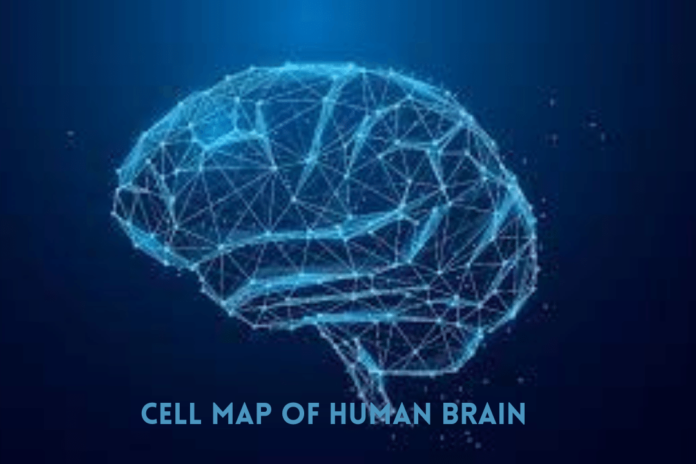In a ground-breaking discovery, researchers have untangled the complex web of different types of human brain cells, revealing insight into what makes each person distinctive. Researchers are still trying to fully understand the human brain’s molecular makeup and how these connections lead to our unique personalities. The human brain has long been a baffling mystery.
Recent study on Brain Cell:
This most recent study expands on prior work that initially identified the types of brain cells in particular locations, such as the cortex, discovering more than 100 different cell types. However, with new studies involving nearly 100 different brain regions, the field of understanding has been significantly broadened. Notably, even in the brain’s older, ostensibly simpler regions, the complexity discovered in many of these regions has exceeded past predictions.
This research forms a key part of a thorough inventory that aims to describe the size and complexity of our brains and investigate how the connections between these cells determine our uniqueness. There are 21 different papers in the catalog, all of which were printed in renowned magazines including Science, Science Advances, and Science Translational Medicine. This compendium’s other study emphasizes the importance of these cell connections in defining our individuality.
The discovery of this intricacy holds considerable promise for expanding our knowledge of the human brain and how it evolved. The researchers stress that although we all have a similar design, it is the differences in these fundamental components that truly distinguish each of us as unique people. This encouraging finding might result in the establishment of ever more thorough inventories of the human brain.

Furthermore, these insights can help us better understand how different people’s manifestations of brain illnesses differ from one another. But this trip has only just begun, and as researchers probe further into the human brain’s vast web of distinct connections and the mechanisms by which these cells learn, much more will come to light.
The genetic, molecular, and anatomical architecture of the human and nonhuman monkey brains have been meticulously mapped by an international group of experts. A new generation of precision therapeutics for people suffering from mental disorders and other conditions related to the brain is now possible thanks to funding from the National Institutes of Health’s The BRAIN Initiative®.
The research has been presented in 24 papers that have been published in prestigious scientific magazines like Science, Science Advances, and Science Translational Medicine.
This group of studies, according to John Ngai, Ph.D., head of the NIH BRAIN Initiative, is a “landmark achievement in illuminating the complexity of the human brain at the cellular level.” Science is moving advanced at an astounding rate thanks to the research partnerships established through the Brain Initiative Cell Census Network (BICCN), which is opening up previously unimaginable opportunities.
The thorough inventory of different types of brain cells in both human and nonhuman monkey brains represents an important step toward determining the direction of future brain treatments. These discoveries serve as the cornerstone for two other significant initiatives, the Armamentarium for Precision Brain Cell Access and the BRAIN Initiative Connectivity across Scales, which together make up the revolutionary BRAIN Initiative Cell Atlas Network.
By revealing the underlying principles driving behavioral circuits and outlining fresh avenues for the treatment of brain illnesses in people, these projects collectively aim to change neuroscience research.





